Baldur’s Gate 3, just like Dungeons & Dragons, has four core elements of a turn—Movement, Action, Bonus Action, and Reaction. Movement is certainly the most straight forward of the group. The other three, often referred to in a group as Action Economy, can be slightly tricky for new players to get the hang of.
Luckily, the three are well named. Intuition goes a long way when it comes to understanding how and when you can use different Actions. Think of it this way:
- An Action is the main part of your turn (attacks, helping an ally, casting spells, etc). If it feels like something that would take most of a characters focus, it’s probably an Action.
- A Bonus Action is just that—a bonus. Drinking a health potion, shoving an enemy, entering a Rage, etc. Most classes will receive utility spells (dashes, stealth, simple healing) that they can use as a Bonus Action each turn.
- Reactions are, well, everything else. This is the hardest of the three to understand because it is by far the most versatile.
What are Reactions in Baldur’s Gate 3?
The key defining feature of a Reaction is that something else has to trigger it. You will never attack as a Reaction unless you have a specific feature that enables you to make an attack as a reaction when a condition is met. For this reason, Reactions are the only thing that can be used even when it is not your turn.
Conditions that trigger reactions can be from yourself, enemies, or allies—though enemies are probably the most common trigger. There are two basic types of Reactions—action-based Reactions, and dice-based Reactions.
- An action-based Reaction is triggered by another creature making an Action. Examples include:
- Counterspell. As a Reaction to a foe using their Action to cast a spell on their turn, you can cancel that spell.
- Riposte. As a Reaction to an opponent missing an attack on their turn, you can attack them back immediately without using your Action.
- Shield. As a Reaction to an opponent succeeding on an attack roll, you can increase your AC by five, potentially causing them to retroactively miss.
- Dice-Based Reactions are sometimes neglected, as many players don’t know that you can use them after seeing the result of a roll. Examples include:
- Tides of Chaos. This passive feature can be used as a Reaction after failing a roll of any kind.
- Reckless Attack. After missing an attack roll, Barbarians can use a Reaction to turn this passive feature on, granting them a second attempt at the attack roll.
- Lucky feat. As a Reaction, you can use a Luck Point to roll again, or make an enemy reroll.
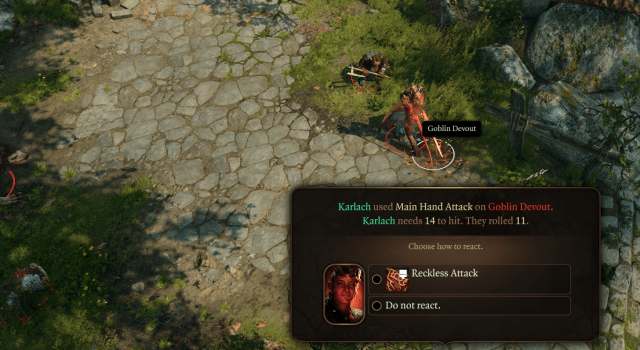
This distinction is only made to better help you understand Reactions, as you only get one Reaction per round. You’ll have to decide how to ration your Action Economy each round. Personally, I try to save Reactions for tide-turning moments, and avoid using them because I “might as well, I guess.”
In Baldur’s Gate 3, almost all toggleable passive features can be turned on as Reactions. If you’re playing a Paladin, do not use Divine Smite until an Attack has landed. If you’re a Barbarian, never use Reckless Attack before you know that your first attack roll has missed.
Whenever a Reaction is available, Baldur’s Gate 3 will let you know with a prompt asking if you’d like to use it—you don’t have to be worried about missing out on Reactions that you aren’t aware of.
Others Asked
What does Act One of Baldur's Gate 3 introduce to players?
Act One of Baldur's Gate 3 introduces players to the world, core game mechanics, and prepares them for the open world beyond the starting zone.
How many main campaign acts are there in Baldur's Gate 3?
Baldur's Gate 3 has only three main campaign acts—Act one, Act two, and Act three.
What options do players have when encountering characters in Baldur's Gate 3?
Players can have characters join them in their adventure or they can choose for the characters to perish, giving full control over the story.


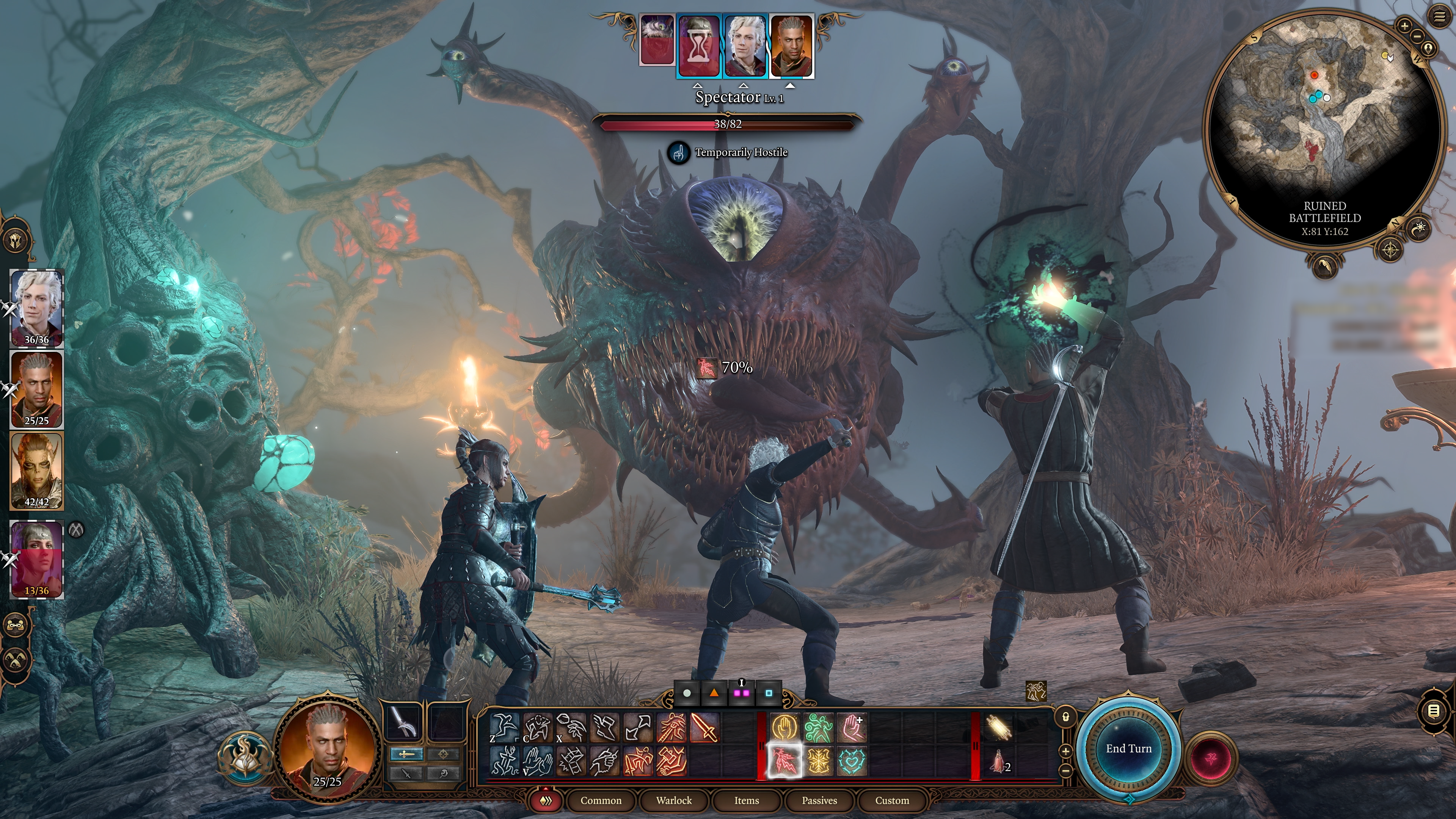
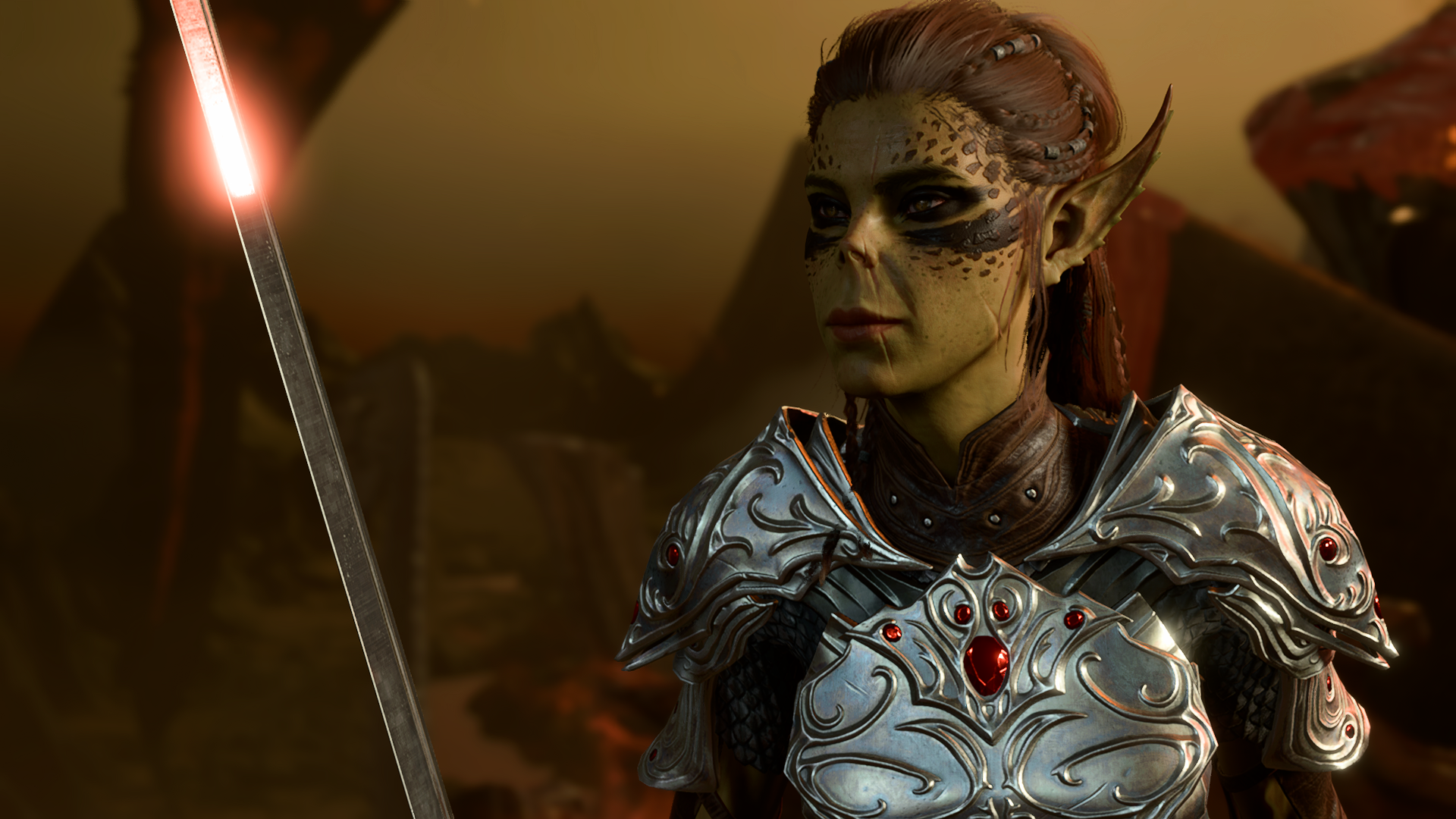


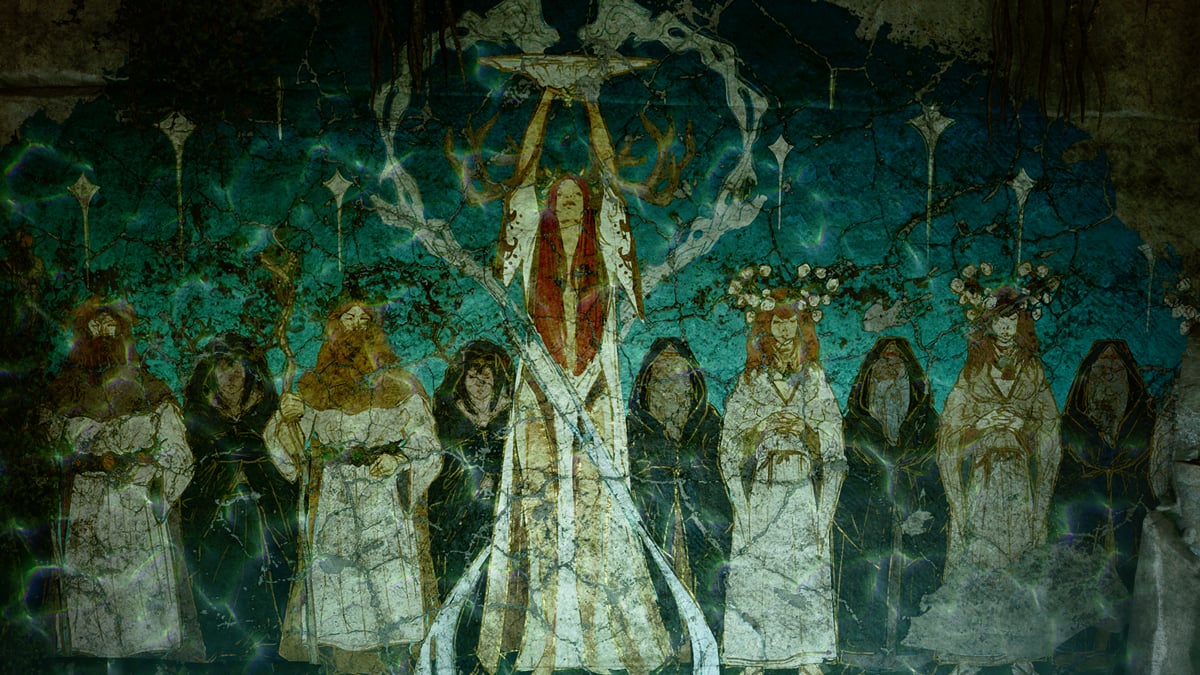
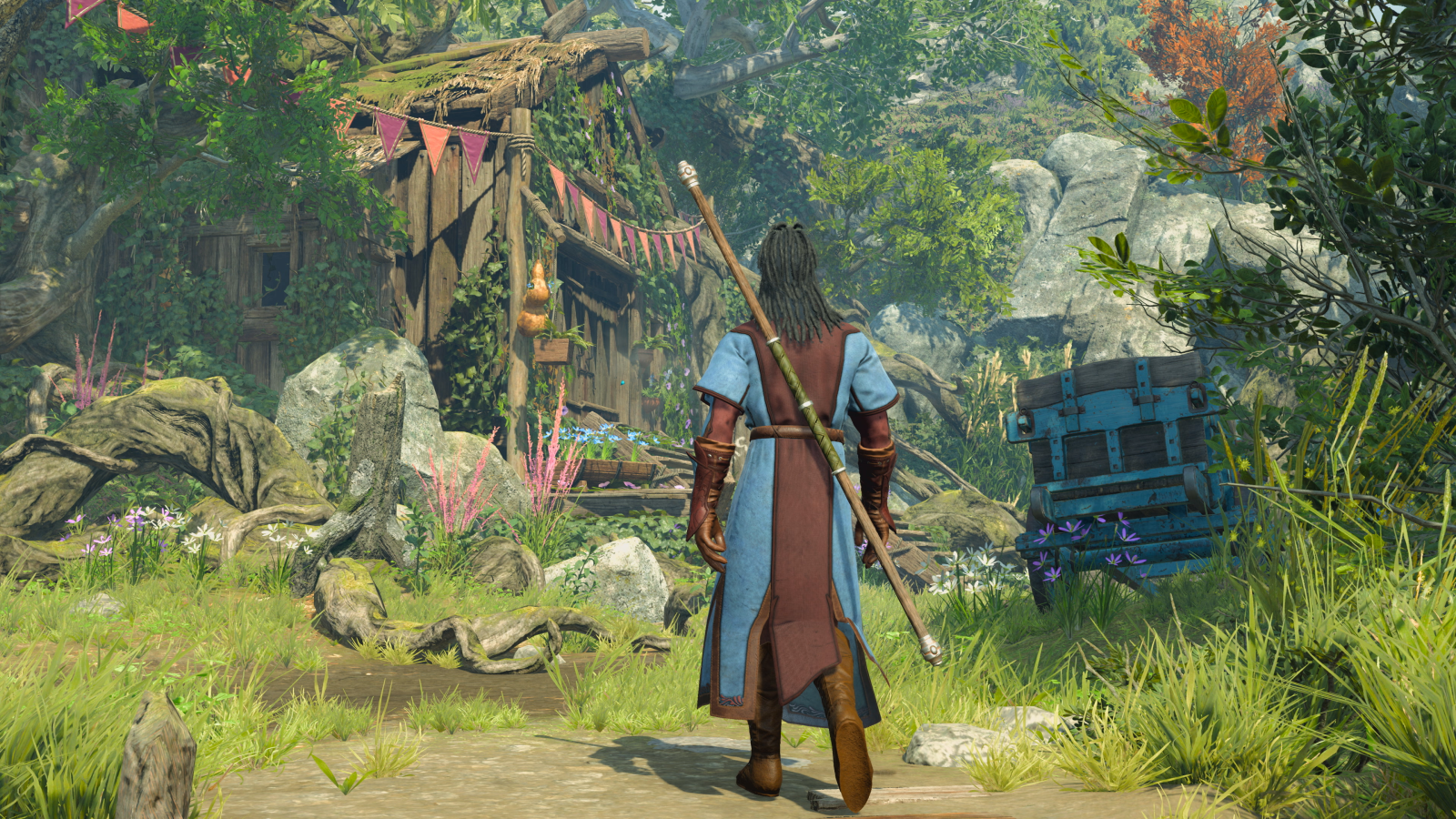
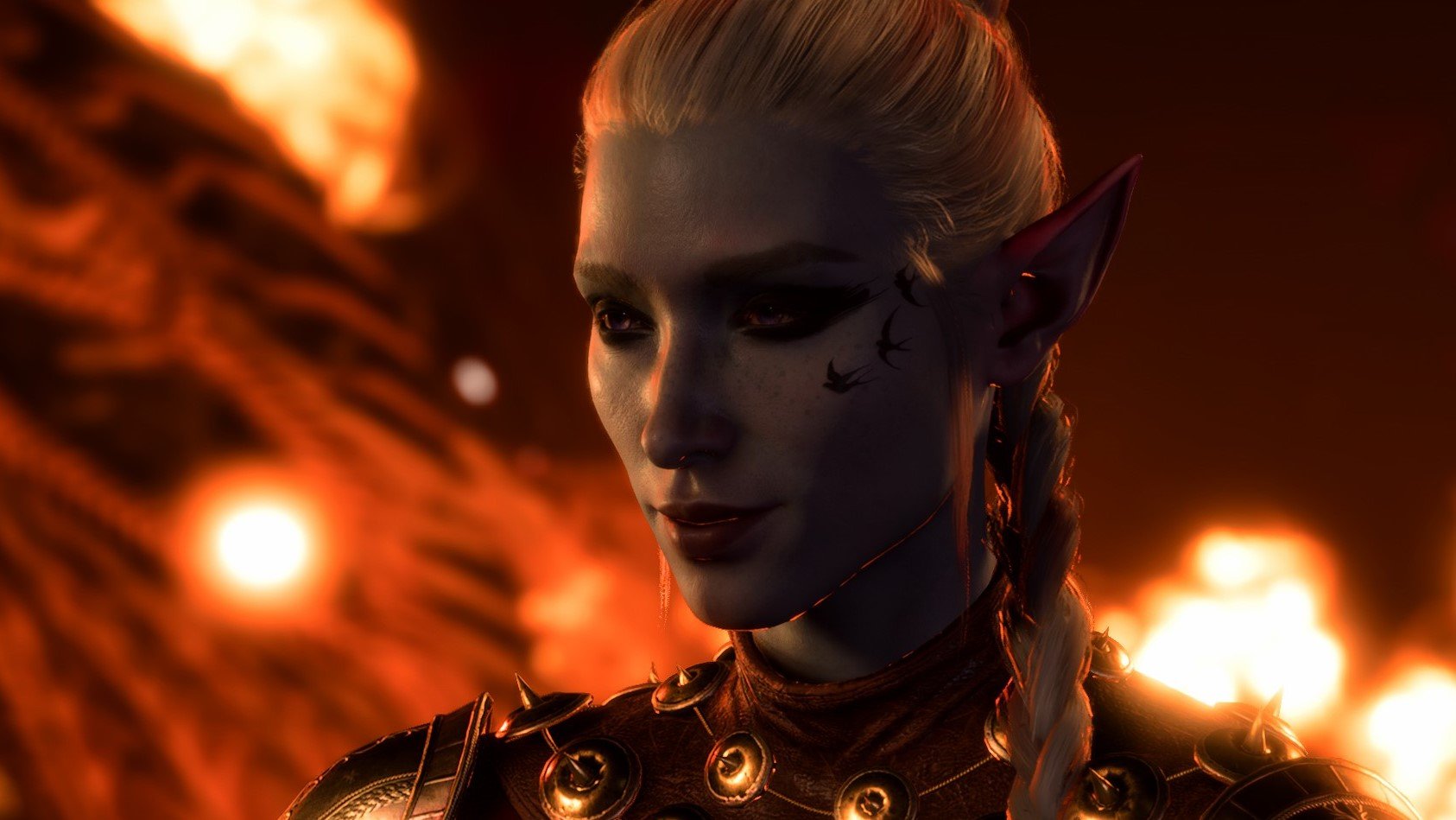
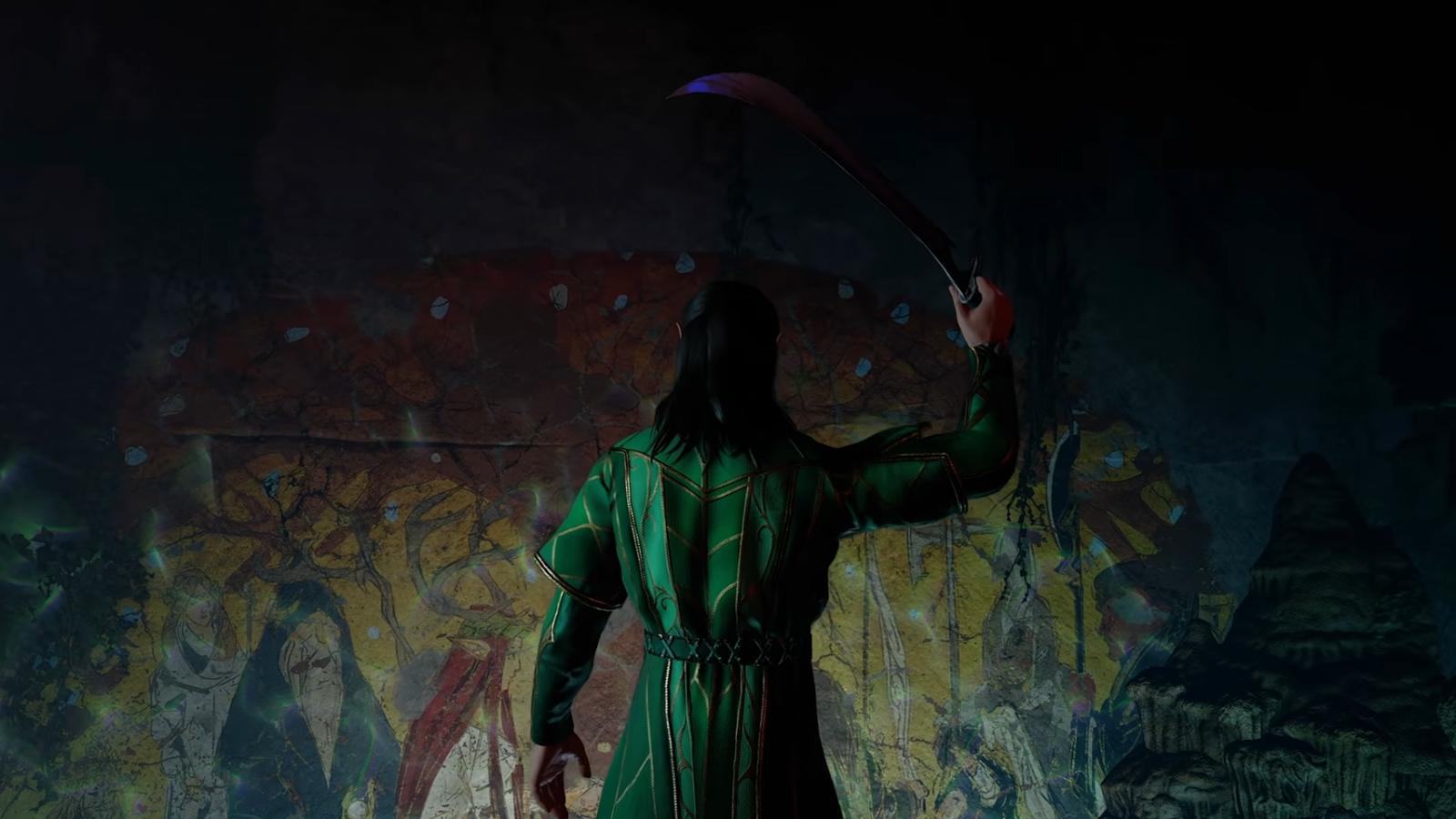
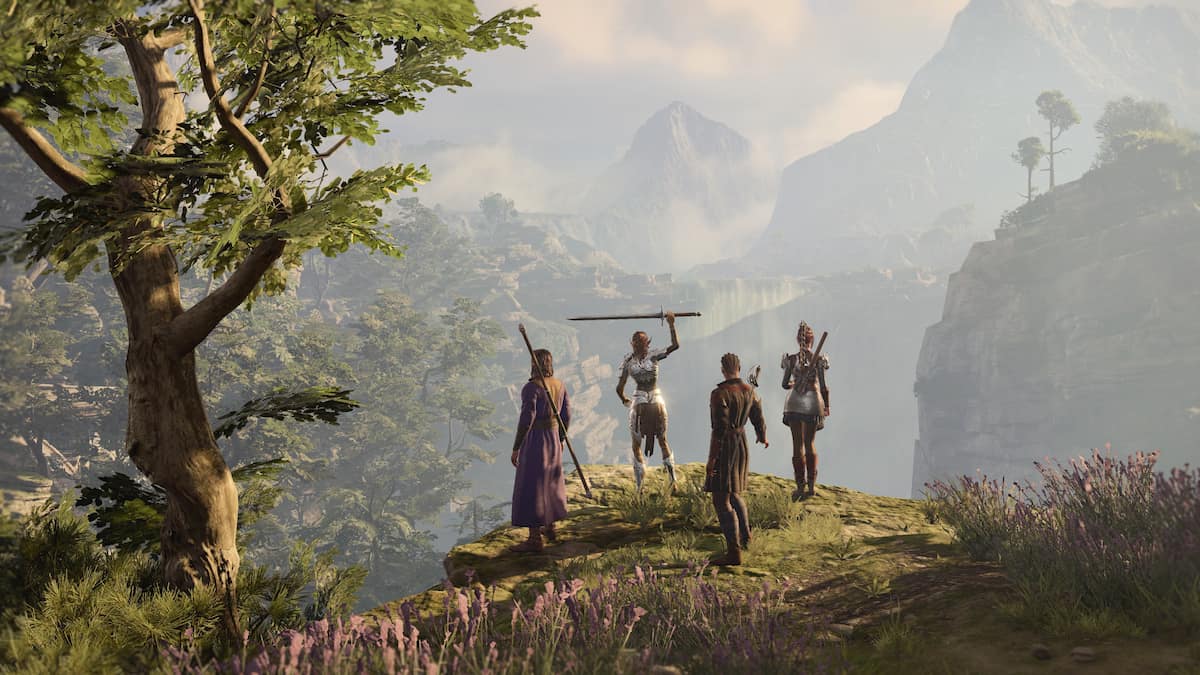
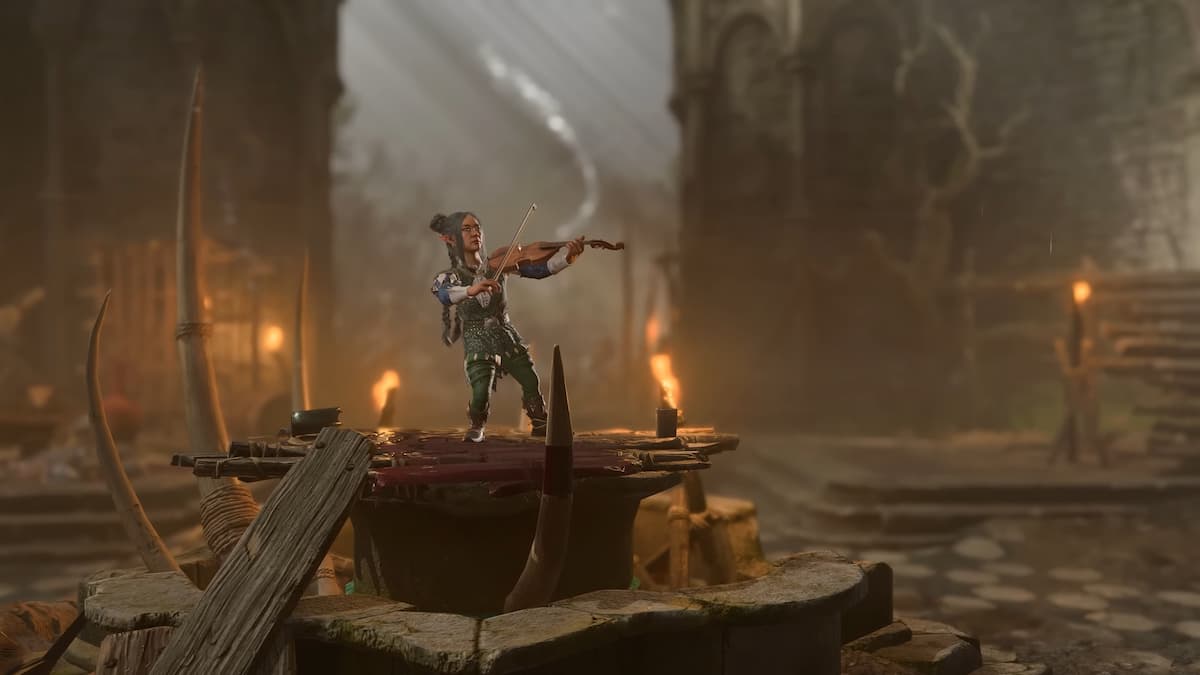
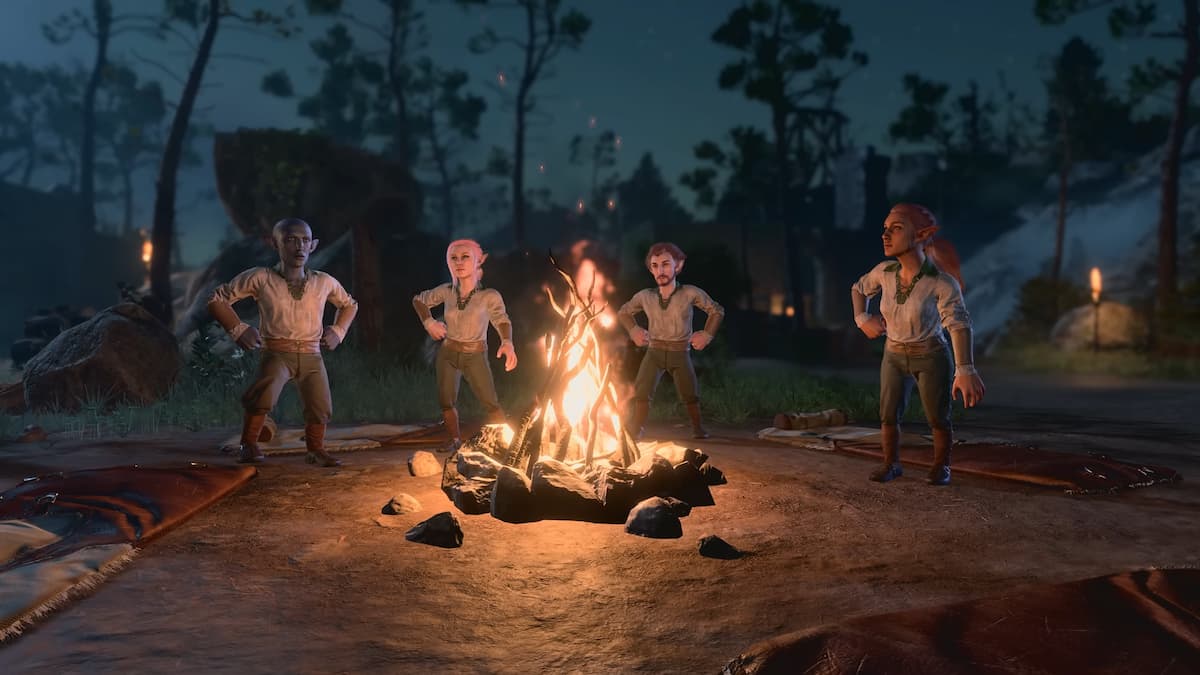
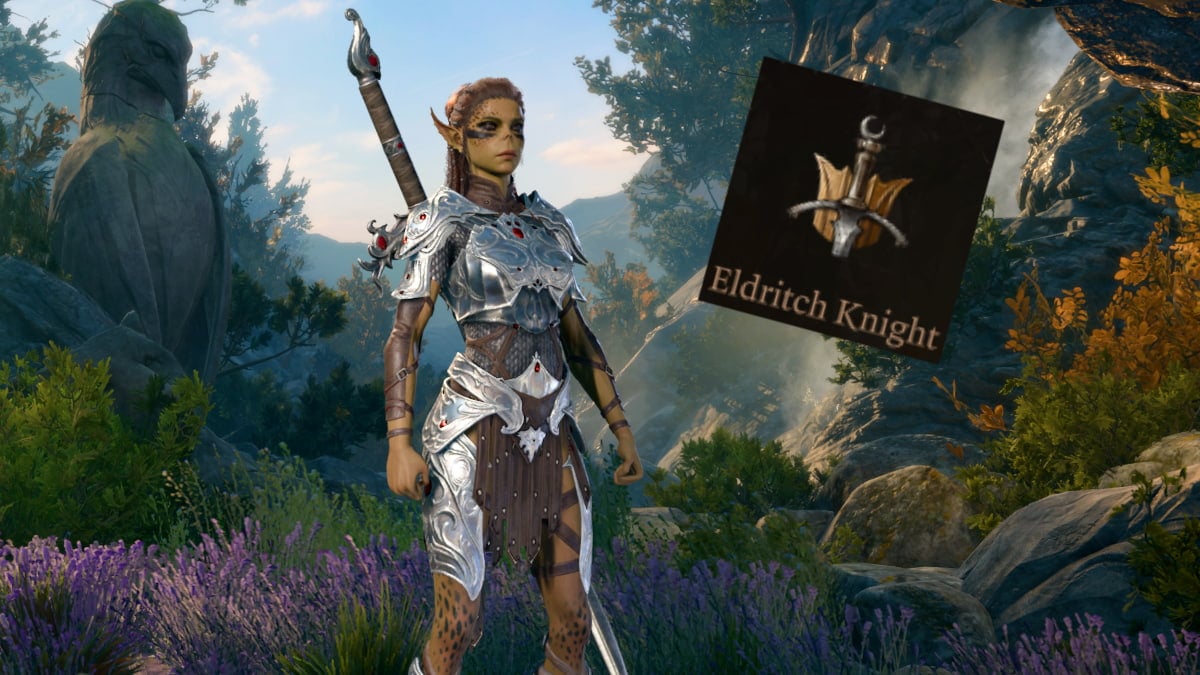


Published: Aug 16, 2023 02:17 pm